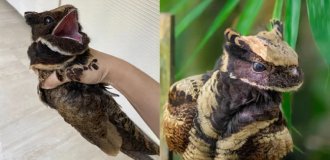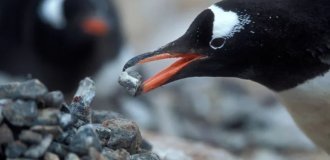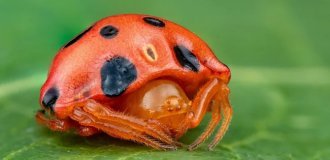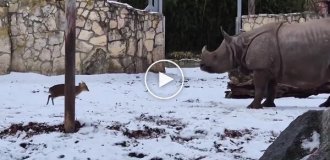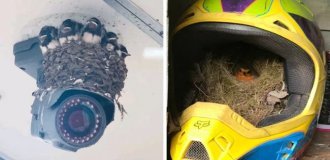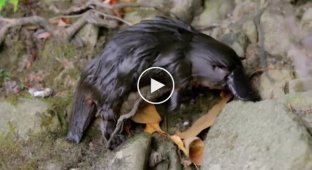A malingerer with a beak who deceived zookeepers for the sake of a luxurious life (6 photos)
When a woman, for various reasons, really wants a child but cannot get pregnant, then a pathological condition may develop – a false pregnancy. However, it can happen to people other than humans. 
This “lady” became famous for convincing those around her that she was pregnant due to her personal interest. 
In 1947, in the United States, and in principle outside of Australia, there were only two platypuses - Penelope and Cecil. They were brought to the Bronx Zoo in New York from Australia, where these mammals are endemic. But the fact is that platypuses are specific mammals. Although their blood is warm and they have fur, they lay eggs like reptiles. Blind, hairless babies feed on milk that the mother secretes from pores in the skin. Only after about four months do the little platypuses emerge from the burrow.
Very few people have seen how platypuses reproduce. Even in their native Australia, only one pair of platypuses (Jack and Jill) have ever become parents in captivity, and only once. The Bronx curators were determined to learn everything they could by forcing Penelope and Cecil to become parents.
The zoo built them a luxurious home. Each had its own small pool and personal burrows. They slept all day, with an hour's break for visitors. At night, they came out for dinner, where each ate about 25 live crayfish, 200-300 worms, one frog, and a few eggs. 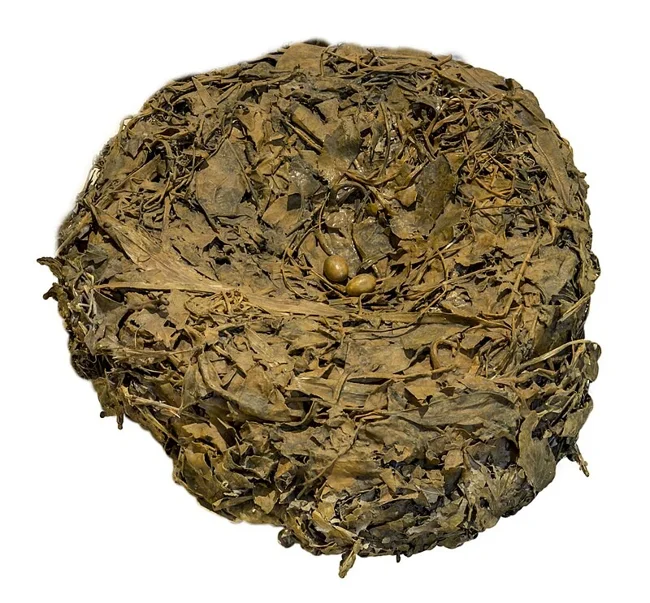
An exact replica of a platypus nest with eggs
The adapted Cecil began to court Penelope, crawling into her enclosure at every opportunity. But Penelope was not interested in love or procreation. Cecil grabbed his friend's flat tail and held on while Penelope dragged him around the pool in circles. Sometimes Cecil let go of his tail and turned over in the water.
Penelope clearly did not like Cecil. One day, the zookeepers placed Cecil on half of the female. As soon as she saw him, she threw herself into the water, rolling from place to place, and scratching furiously with all her sharp claws. Penelope's disgust with Cecil and the sincere desire of the curators to force the platypuses to mate even made the news, with Time reporting that Penelope "was one of those cheeky females who like to keep the male on a leash."
The following year, during the breeding season, the zoo staff tried again. 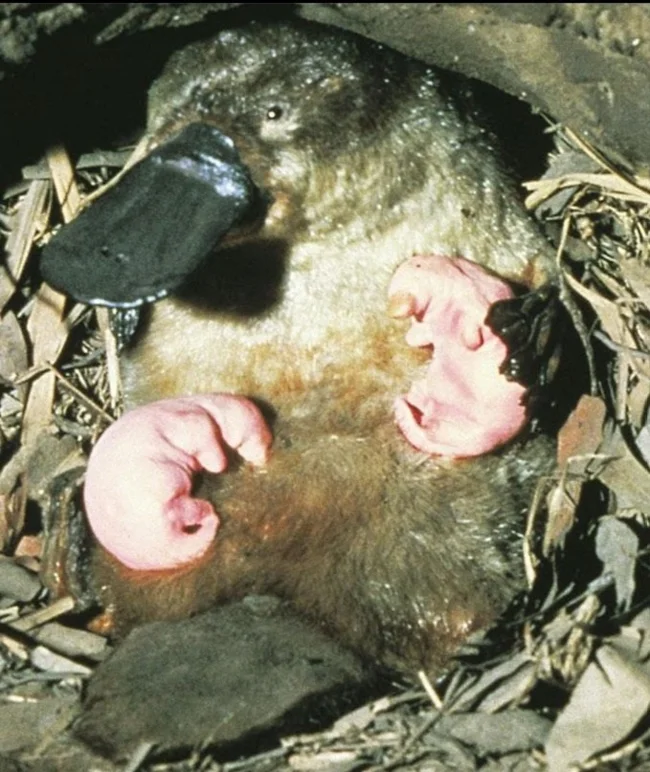
Mother feeding her offspring
This time Penelope was more receptive to Cecil's advances, and the two platypuses seemed to get along well. When the keepers gave her eucalyptus leaves, Penelope took them back to her burrow. Since wild platypuses build nests from these leaves, the keepers were full of hope.
After a few weeks, Penelope went into her burrow and stayed there for six days. When she emerged, she ate a huge meal and returned to her den. The zookeepers were sure that Penelope was pregnant and ready to lay eggs. Penelope began eating more and more worms and grubs. All signs pointed to platypus eggs, perhaps even babies scurrying around in the nest. 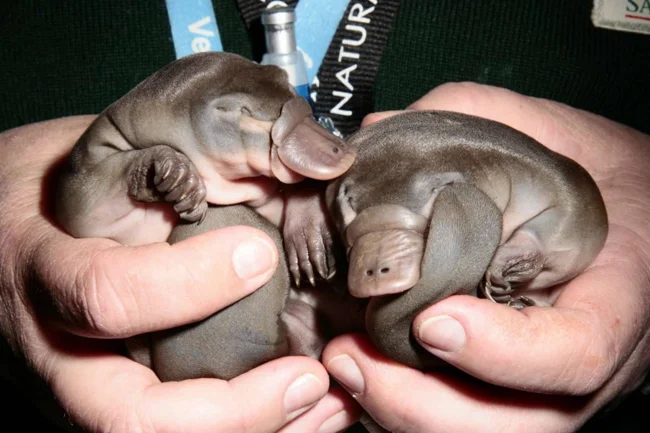
Growing Babies
For the next sixteen weeks, the keepers waited patiently for the young platypuses to progress through the nursing stage. Then the weather suddenly turned bad, and the zoo staff feared that the cold might harm the babies. They decided they couldn't wait any longer. With small shovels and fifty newspaper reporters and photographers in attendance, they dug through the dirt toward Penelope's hideout. After hours of digging, they found a network of burrows, but no nest of leaves.
No babies. Just Penelope. Zookeepers were fooled by a platypus. 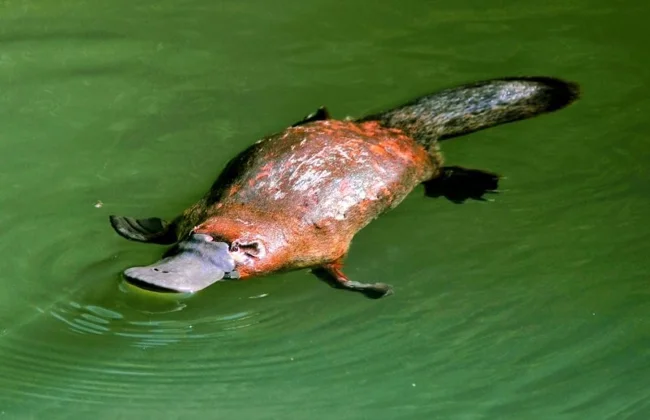
A platypus in the wild
"She's a phony," one of them said. Officials accused the little creature of posing as an expectant mother only to live a life of luxury on double rations.
"Nothing like that will happen to her again," they said. Cecil continued to care for Penelope for four more years, until one July night in 1957, Penelope slipped under the wire mesh roof of her enclosure and escaped. Zoo staff spent nearly two weeks combing nearby bodies of water, but Penelope was never found.
Cecil seemed to be in shock over his friend's disappearance. He spent a lot of time scratching his head, something he had never done before. He lost weight and died a day after the search for Penelope was called off. After Penelope's disappearance and Cecil's death, the Bronx Zoo brought three more platypuses from Australia. All three died within the first year. It wasn't until 2019 that another pair of platypuses arrived in the United States, arriving at the San Diego Zoo. At the time, they were the only platypuses on display outside of Australia.
